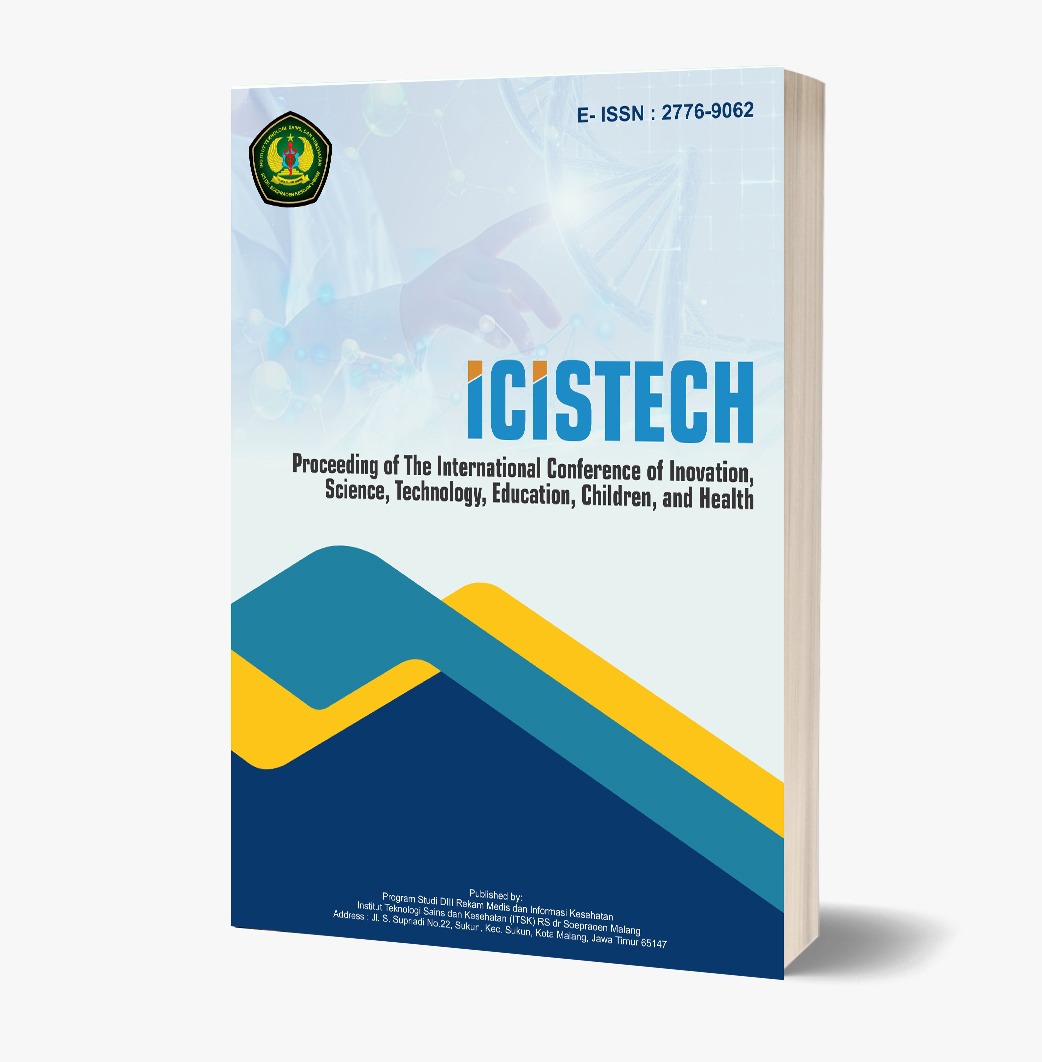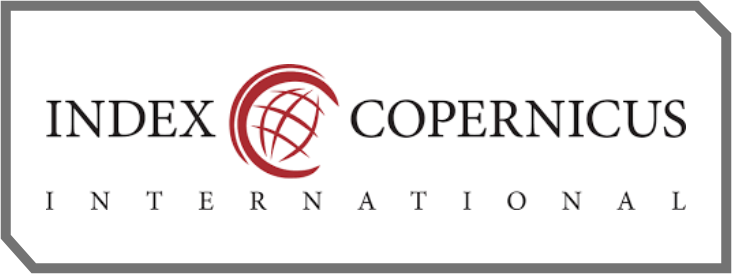The Influence of Family Support and Maternal Preparedness on Anxiety in Pregnant Women Before Delivery at Bongo Nol Health Center
DOI:
https://doi.org/10.62951/icistech.v5i1.258Keywords:
Childbirth, Family support, Maternal AnxietyAbstract
Anxiety in pregnant women is often characterized by intense fear or panic, and if left unaddressed, it can lead to various complications such as prolonged labor, maternal fatigue, and even labor stall. This study aimed to determine the relationship between family support and maternal preparedness with the anxiety levels of pregnant women prior to childbirth. The research utilized a quantitative design with a cross-sectional approach, conducted in the working area of the Bongo Nol Health Center. The study population consisted of pregnant women in their second and third trimesters (TM II and TM III). A total of 40 pregnant women participated in the study, selected through simple random sampling. Data were collected using questionnaires designed to assess family support, maternal preparedness, and anxiety levels. The results revealed that 20% of the pregnant women who received inadequate family support experienced severe anxiety, with a statistically significant p-value of 0.001. Similarly, 15% of mothers with lower levels of preparedness reported severe anxiety, also with a p-value of 0.001. These findings suggest a significant relationship between both family support and maternal preparedness with anxiety levels in pregnant women prior to delivery. The study concludes that increased family support and maternal readiness can help reduce anxiety levels in pregnant women, particularly in the lead-up to childbirth. Healthcare providers should prioritize interventions to strengthen family involvement and support maternal readiness, especially for women at risk of high anxiety, to improve birth outcomes and maternal well-being. Future research should explore additional factors contributing to anxiety and the effectiveness of targeted interventions for high-risk pregnancies
References
ASEAN Socio-Cultural Community Department, & UNICEF East Asia and the Pacific Regional Office. (2016). Regional report on nutrition security in ASEAN - Volume 2 (Vol. 2, pp. 1-158). Available from http://www.unicef.org/eapro/12205_22043.html
Fitri, S. R., Lestari, B. C., Indriana, N. P. R. K., Meiranny, A., Hasyim, D. I., Saputri, N., & Prisusanti, R. D. (2024). Asuhan kebidanan neonatus: Bayi balita dan anak prasekolah berbasis evidence-based practice. PT. Sonpedia Publishing Indonesia.
Kementerian Kesehatan Republik Indonesia. (2016). Profil kesehatan Indonesia 2016 [Internet]. Available from http://www.depkes.go.id/resources/download/pusdatin/profil-kesehatan-indonesia/Profil-Kesehatan-Indonesia%202016.pdf
Khasanah, N. (2013). ASI atau susu formula ya? Panduan lengkap ASI dan susu formula. FlashBooks.
Oktoval, R. (2017). Analysis of factors related to formula feeding in infants aged 0-6 months. Jurnal Kesehatan, 1-33. Available from http://kelembagaan.ristekdikti.go.id/wp-content/uploads/2016/08/UU_no_20_th_2003.pdf
Prasetyono. (2016). Buku pintar ASI eksklusif. Diva Press.
Prisusanti, R. D. (2021). Metodologi penelitian di berbagai bidang.
Prisusanti, R. D., Dewi, C., Kiriwenno, E., Prastiwi, R. S., & Epid, M. (2022). Kesehatan reproduksi dan kesehatan wanita. Yayasan Penerbit Muhammad Zaini.
Ralu, J. (2018). Relationship of maternal characteristics with milk provision in infants aged 0-6 months in the working area of Mabaolpura Palu Public Health Center.
Riset Kesehatan Dasar (Riskesdas). (2018). Badan Penelitian dan Pengembangan Kesehatan Kementerian RI tahun 2018. Available from http://www.depkes.go.id/resources/download/infoterkini/materi_rakorpop_2018/Hasil%20Riskesdas%202018.pdf
Roesli, U. (2013). Mengenal ASI eksklusif. Pustaka Pembangunan Swadaya Nusantara.
Rombot, G., Kandou, G. D., & Ratag, G. A. E. (2014). Factors related to formula feeding in infants aged 0-6 months in the working area of Molompar Tomabatu Timur Public Health Center, Southeast Minahasa. Jurnal Kedokteran Komunitas dan Tropis, 2(2).
Wahyuni, T. (2014). Factors related to formula feeding in infants aged 0-6 months in Wonsari Village, Ngoro District, Mojokerto.
Widuri, H. (2013). Cara mengelola ASI eksklusif bagi ibu bekerja. Gosyen Publish.
World Health Organization. (2017). Babies and mothers worldwide failed by lack of investment in breastfeeding [Internet]. Available from http://www.who.int/en/news-room/detail/01-08-2017-babies-and-mothers-worldwide-failed-by-lack-of-investment-in-breastfeeding
Downloads
Published
How to Cite
Issue
Section
License
Copyright (c) 2025 Proceeding of The International Conference of Inovation, Science, Technology, Education, Children, and Health

This work is licensed under a Creative Commons Attribution-ShareAlike 4.0 International License.













